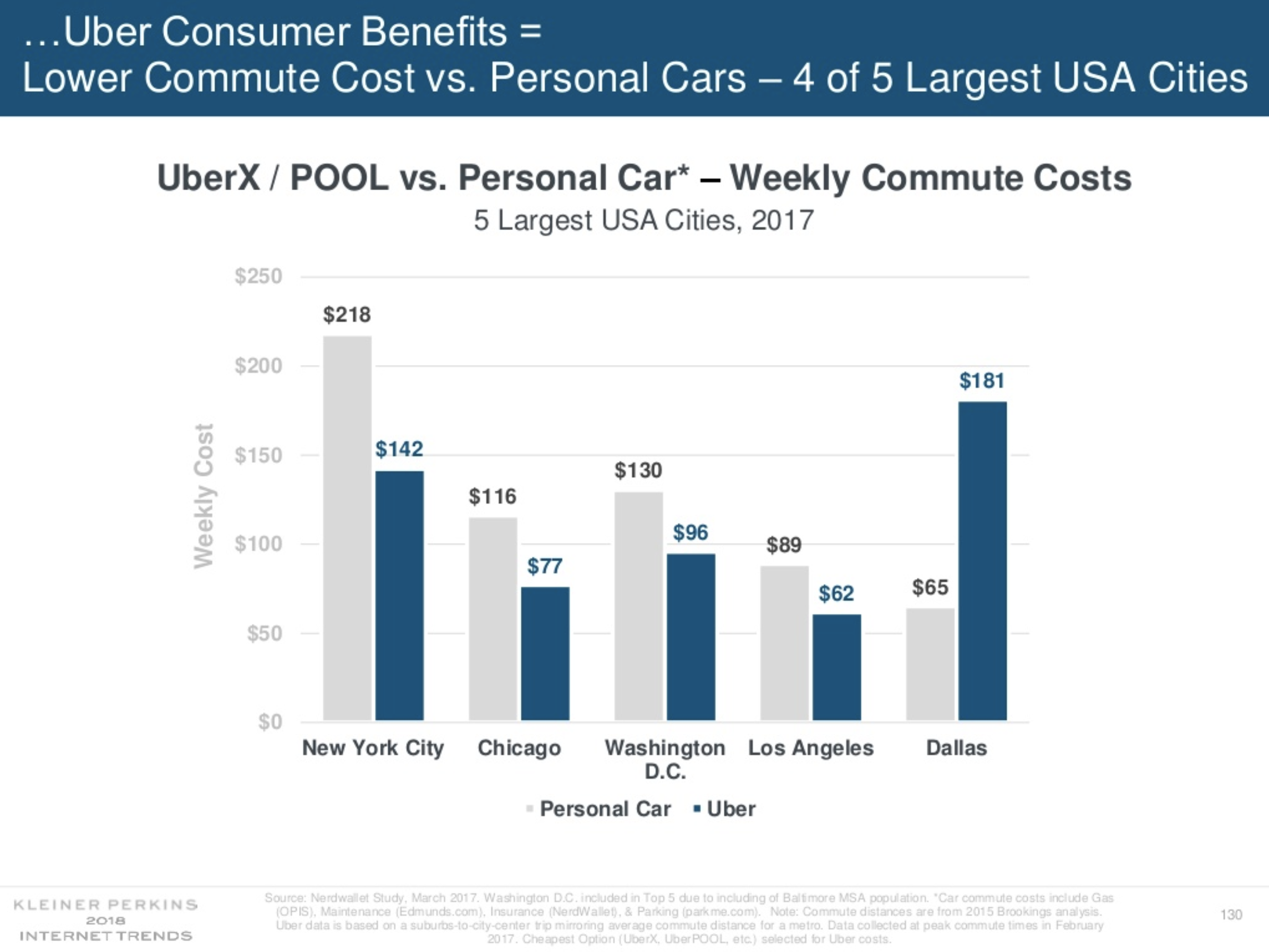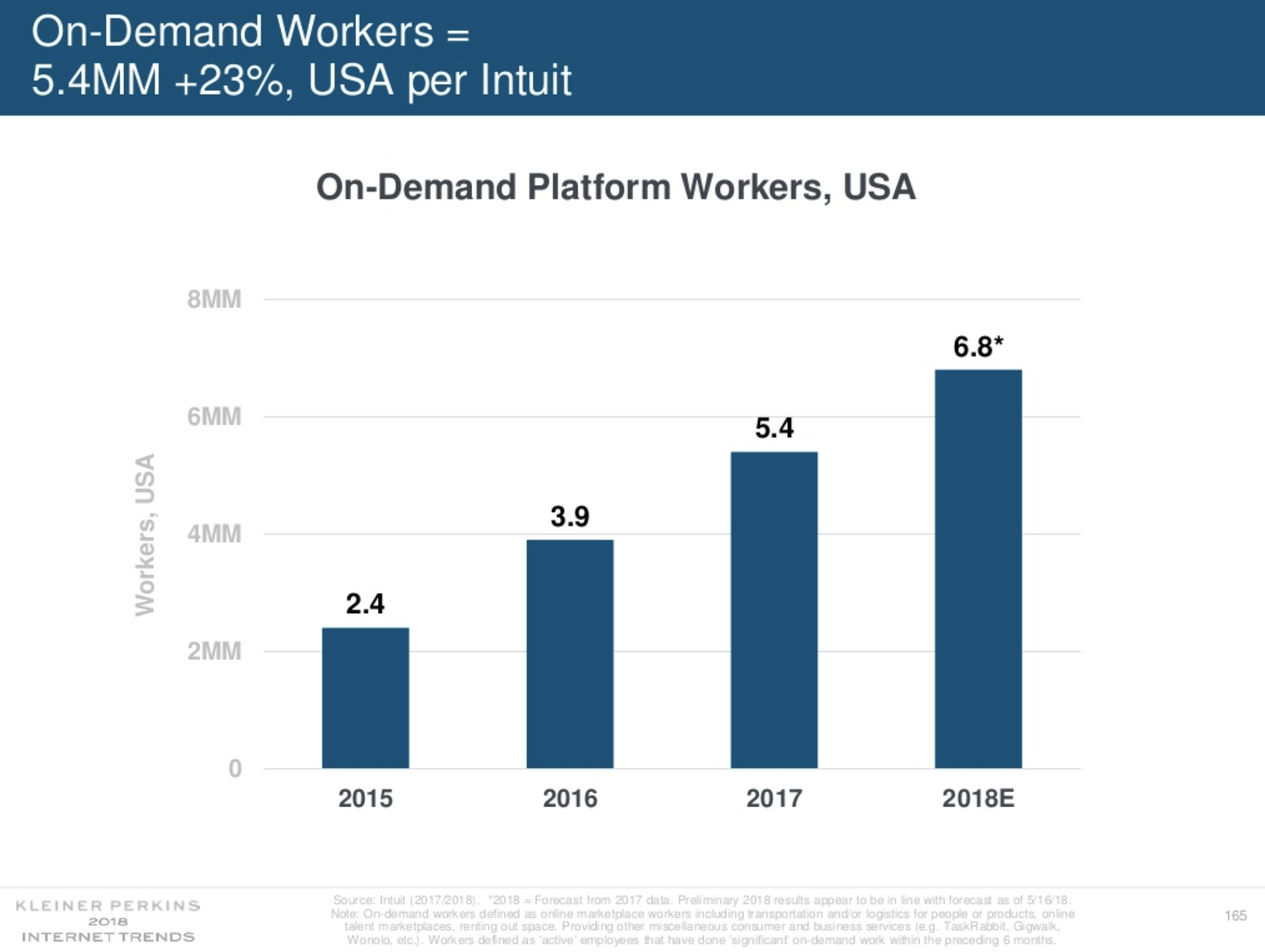There’s been an explosion of medical startups centering their tools around machine learning to help doctors with predictive tools — and now Netflix’s former chief product officer Neil Hunt wants to enter the fray with one that hopes to get the right information from patients themselves.
That’s the hope for Curai, a machine learning-driven startup that helps patients deliver the right information to doctors to help medical professionals figure out the best diagnosis — and reduce the overhead for doctors such that they can work with more patients without the grunt work. Patients can send photos of rashes, describe their symptoms, or MRI results and help navigate those results to come to the best conclusion with doctors and have more readily available access. And the hope is that Curai will also develop into a system that can detect potential problems from symptoms that a patient might not even realize are relevant.
“We want to build a patient-facing system to commoditize healthcare knowledge, that helps patients and their doctors know and understand the decisions they ought to make, whether those are simple questions about health, diagnostic or treatment, in lots of different ways,” Hunt said. “[It’s based on] idea that you let computers do what computers are good at, and that’s data and knowledge and reasoning and logic. You let doctors do the things that humans are good at: coaching, intuition, empathy, and helping patients make decisions.”
Hunt was previously the chief product officer at Netflix. Curai’s other cofounders include Xavier Amatriain, the former VP of engineering at Quora, and Neal Khosla, a previous startup founder with a history at Stanford and Google. The company said it has raised around $10.7 million in a round that includes General Catalyst, Khosla Ventures and a variety of other angels.

In a lot of ways, Curai — and other startups focusing on machine learning to empower doctors to make better decisions — is a response to people just searching around the Web and getting answers from Doctor Google. That, in the end, generally ends up with what can be frightening results that are probably out of line with reality, Hunt said. The idea is that if patients can give a more robust history and set of symptoms, Curai can help doctors sift out what are some of the real underlying causes.
It then takes all that and packages it together in a sensible way for doctors, who will work with those patients to figure out the best treatment options. It’s supposed to be a way to get around a doctor having to pull up a medical history, which might contain either too much information — or just a record so large that they have to invest a lot of time trying to sift through everything. As the company is able to collect more data (like other startups, Hunt said that’s locked down and following typically strict regulations around healthcare), those algorithms improve over time, though getting enough quality data is part of the critical process of building a competitive moat in an otherwise increasingly competitive space.
“In some ways, the challenge with healthcare on the web is, you tend to discover you have cancer or diabetes, and they have nothing to do with what you came in for,” Hunt said. “If you imagine a system that can engage with the patient and [surface] the real facts and take those into consideration, like the history that a patient might not realize, it can point you to relevant information that’s something a bit more balanced.”
But getting that information may be a bit of a tall order, especially for more sensitive cases where patients might not want to disclose information. I’ve actually asked about this before of David Ebersman, who runs a startup called Lyra Health focusing on mental health, and he said the challenge is giving patients the confidence that they’re navigating a safer space to operate — which might help them be even more willing to work with a tool rather than expose some of those deeper problems face-to-face with someone. (Lyra Health recently announced it raised $45 million.)
“There’s a good degree of evidence that suggests an impersonal consumer facing product might be easier to talk to with things like drinking or sexual partners or thing that you might be embarrassed about, or that you might feel some difficulty talking to your doctor,” Hunt said. “Certainly in some of the work we’ve done so far, there’s a much bigger lean toward the embarrassing to talk about situations than you would expect if you were a practicing physician. I would suspect people are more ready and talk sooner to an impersonal interface than they would talk to a human doctor.”
There are certainly a lot of startups looking to take some of the pressure off doctors when it comes to more menial tasks — ones that could easily be accomplished by computers, but haven’t quite been tackled in medical offices — that come in a lot of different flavors. There are tools like Lyra Health, or a sort of “Alexa for doctors” from startups like Suki, which has also raised $20 million. All of this is designed to help take some of the workload of doctors and assist in building a better pattern-matching system, which gives them more time to work with patients.





